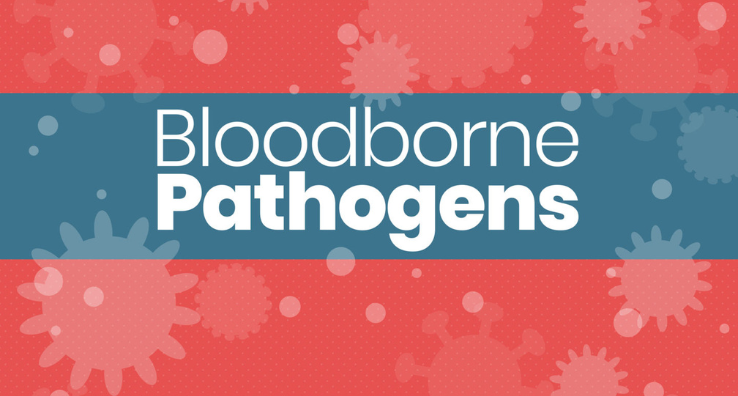2018 NSC Annual Conference Focuses on Safety Programs

As a member of the National Safety Council (NSC), I was excited to attend NSC’s annual Southern Safety Conference & Expo. We got to showcase our newest workplace safety products that feature what we’ve been working on — and where we’re headed in the future. It was a fun chance to catch up with industry partners and show Alchemy’s support to the safety industry!
This year’s NSC Conference took place in New Orleans, which meant something exciting was happening around the clock. To kick things off, Dale Lesinski, Vice President of Sales and Training at Dival Safety, was the opening session’s keynote speaker and provided some excellent pointers on how to build an effective safety program I thought I’d share.
Tips for Building an Effective Safety Program
Capitalize on your team’s diverse strengths for greater success Many people discuss how diverse teams present more challenges. Different ages, education levels, and even languages on diverse teams can make training difficult. But what if more teams viewed diversity as a strength instead of a challenge? Assessing your teams’ different backgrounds and viewpoints in order to capitalize on people’s strengths is one way to build better teams.
In addition, the key to assessing your team’s strengths is having a supervisor who is tuned in. Supervisors have the most daily one-on-one interaction with frontline workers, so empowering them to have an even greater stake in their teams can really take safety to the next level. Get them fully on board with your safety program to ensure it’s successful.
1. Engaging training is effective training.
Long gone are the days of passive training via lengthy written manuals or boring video. Today’s learners respond better to training that mimics the way they interact with the world: visually and digitally. Short visual bursts rather than long-form data is preferred. Research shows the more engaged a learner is, the more likely they are to retain the information they receive. The reason is two-fold. First involves the neocortex, which is where the brain processes language and is key in training and testing.The second involves the limbic system, which deals with feelings and emotions, necessary for motivating behavior change. Many safety programs emphasize information but not emotion. But to engage today’s employees, training must be both personal and relevant, plus appeal to learners’ emotions to achieve the change needed to keep employees safe. Believe it or not, emotional cues like smiling and laughing have been proven to make training more effective, because it connects with workers on a human level.
2. Training is a two-way street.
Passive training is outdated. It’s been proven that incorporating participation increases retention of learning materials. Interactive quizzes and game-show style questions foster engagement, assess comprehension, and keep learners on their toes. When workers are on the spot, they’re more likely to perform better. Group-based training can also be effective because it encourages participation and raises team morale.
Another way to foster meaningful communication is to brand your internal safety program. A memorable logo or meaningful slogan can serve as a quick touchpoint to remind workers to always practice safe behavior. Using a consistent theme moves the safety program from “flavor of the day” to an ingrained way of life. Don’t think about it – “Just Do It!” for example.
3. Budget time and resources.
Any safety program must have a dedicated budget — period. But a successful safety program will never be set it and forget it. Reinforcement is key to bridging the gap between safety training and smart action on the floor. Continual revisiting and refinement of your safety program ensures it stays up to date and relevant.
And remember: safety shouldn’t be all gloom and doom. When a job’s well done, supervisors and teams should celebrate wins, too. Some planned activities and events that keep safety top of mind include annual safety fairs, celebrations for milestones, and signage highlighting progress. Involvement from leadership will impress and impact the workforce, raising overall morale — and productivity.
Did you get to attend the NSC Conference? What insights did you find interesting this year? I’d love to hear your thoughts below!





